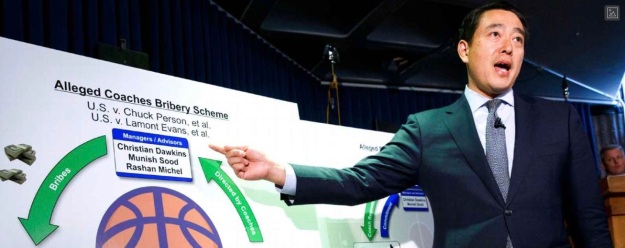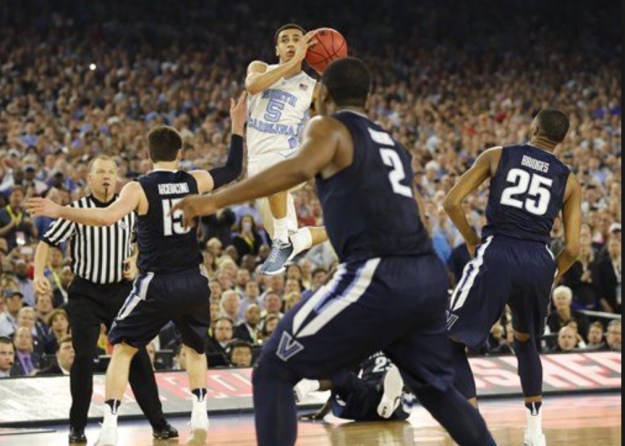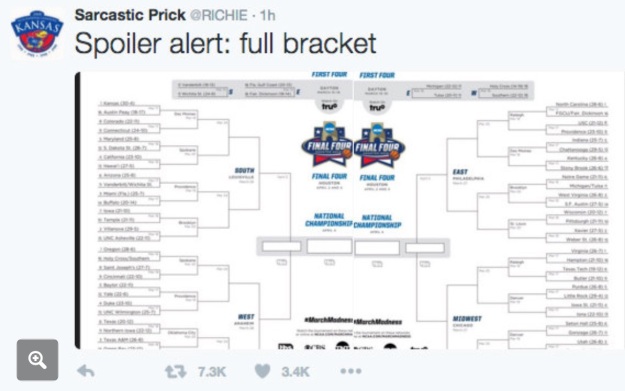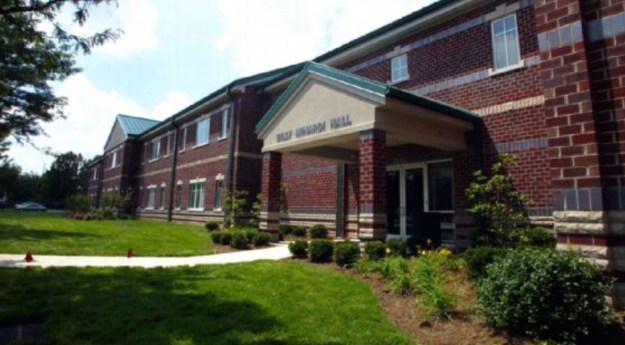This seemed worth the vowels and consonants in 2010. By 2015 or so (post-post-Branch), it felt more mundane. Now, apparently, it merits restating.
December 17, 2010
by John Gasaway
(Reprinted from the College Basketball Prospectus, 2010-11.)
“Student-athletes shall be amateurs in an intercollegiate sport, and their participation should be motivated primarily by education, and by the physical, mental and social benefits to be derived. Student participation in intercollegiate athletics is an avocation, and student-athletes should be protected from exploitation by professional and commercial enterprises.”
NCAA Principle of Amateurism
1.
Amateurs have given us many of the most sublime moments in sports, and I rejoice that they’ll continue to do so even if it turns out that amateurism isn’t really a principle in the true sense of the word.
No one struggles every day to grow more amateur in their conduct. No parent ever told their child, “It’s important to always be amateur.” No one ever justified a tough decision by saying, “It’s just the amateur thing to do.”
No public official ever called for a new birth of amateurism. No country ever went to war to make the world safe for amateurism. There are no parables about amateurism in the Bible, no fables about amateurism in Aesop’s, and no self-help books about achieving amateurism on Amazon. Amateurism isn’t a principle, it’s an innocent noun caught in the wrong place at the wrong time, staggering under the weight the NCAA has placed upon it. Continue reading









